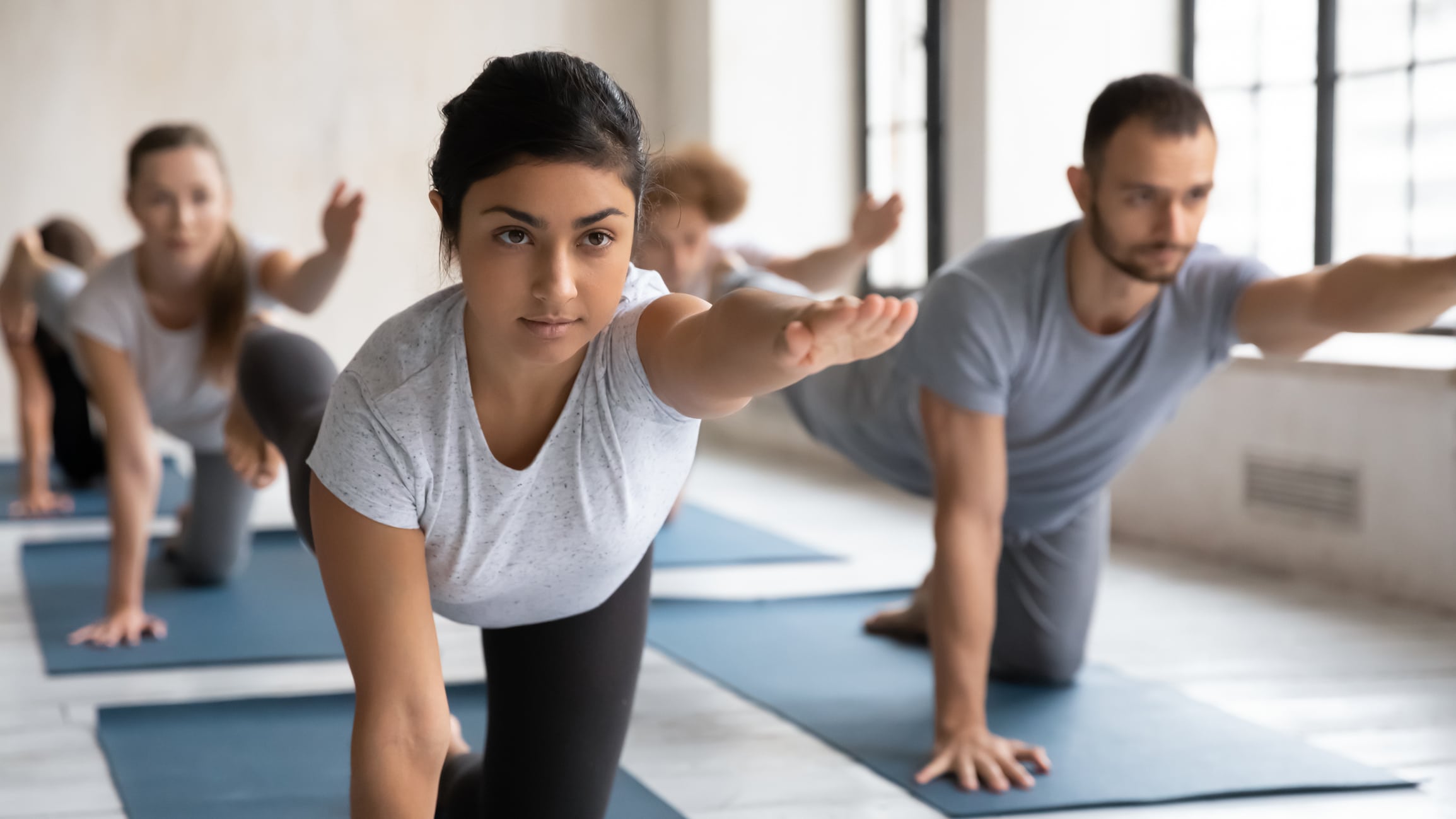By: Dr. Corey Finan DC and Ellen Rossiter, PT
What is the “Core”
The “Core” in human terms is used to describe a series of musculoskeletal tissues that function together to provide a rigid structure by which the torso is able to transmit power from the upper body to the lower body and vice versa. Together they comprise most of the muscles, ligaments, and tendons of the body in some manner.
This area of the body is integral to human movement because in order for an individual to product correct motions and actions (walking, running, throwing, etc) there must be a fixation point on the axial skeleton that can provide stabilizing action for the extremity muscles to move from.
The core muscles are made up of the muscles from the whole back, including deep rotator muscles that stabilize the spine and long muscles that stabilize one’s torso. Of course, everyone has heard of the abdominal muscles too, and their contribution to the core. These include Transverse Abdominus, Rectus Abdominus, and the Abdominal Obliques.
Most people forget this aspect, but there are also muscles from the hip that contribute to the core, including the Psoas and the Adductors in the front, and the Gluteal Muscles and Hamstrings in the back.
Another important group of muscles that play a role are those of the Pelvic Floor which form the bottom of the pelvis and contribute to overall intra-abdominal pressure creation.
Perhaps the most important muscle involved in core control is the Diaphragm.
Functional Stabilization
As you can see, there are many muscles that make up and contribute to the ‘Core’ that we all hear so much about and if one muscle (even part of one, such as with a trigger point) is dysfunctional then the entire stabilizing function is disrupted and the quality of movement is compromised.
So Why Does My Back Hurt and How is it Related to My Core?
Here are a few reasons why one might experience back pain from an issue with the core:
- The Core = muscles on the front, sides and back creating pressure
- The Core not engaging properly = decreased intra-abdominal pressure = some muscles do more work - usually the back!
- Usually fine for a while, but the muscles in the back end up overworked and underpaid = stiffness/soreness/pain
And here are some more specific examples:
Sitting
- Against the back of the chair
- Hunched forward - phones and computers
- Not using the core!
Previous injury
- Compensation patterns for a long time
- Eventually, things get too tight and too tired = pain
Workouts
- Exercise without appropriate positioning
- Working outside of available mobility and strength
- Not using core properly
Pregnancy
- Increased lordosis, different rib positioning
- Stretching the abdominal muscles!
- Pelvic floor impacted
What Can You Do to Ensure a Strong Core?
A great place to start is with your breathing! That diaphragm muscle that we mentioned above is both a muscle of respiration and a postural muscle. Correction of a faulty respiratory pattern is actually integral to the success of any rehabilitation program that aims to address the movement system.
Here is how you might practice and strengthen this muscle and pattern:
- Start by lying down on your back or sit, feet flat on the floor.
- Ensure proper posture
- Hips equal pressure on the floor or chair (based on position)
- If sitting: sit tall, shoulders relaxed, ribs down (not flared out)
- If lying: bend the knees, feet flat on floor; relax the shoulders
- Place your hands in the following positions, one on your chest and the other on your belly.
- Increase belly expansion, and minimize chest movement while you take deep breaths in and out.
- If this goes well, the next step is to bring your hands to cradle your lower rib cage (thumb on your back rib cage, fingers on your front rib cage) and continue breathing.
- Breathe into your belly, while trying to expand into your sides. You want your breath to fill all areas of your lungs, and expand your entire rib cage both front and back. Think of this as breathing along the lines of an “A” line dress, where the lines flow down and out all around your body.
- To see a video of this technique - please visit Dr. Corey Finan's video explanation here
It sounds simple but it really can take some practice to ensure you’re doing this right. Once you’ve mastered this first step to building your core, you can move on to more challenging groups of exercises. Did you know that you can book in with your chiropractor or physiotherapist if you think your core is related to your back pain or movement issues? They can assess where you are at and help to build a safe and effective set of exercises to help you change your core, and change your life!
*This blog is not intended to officially establish a physician-patient relationship, to replace the services of a trained physician, naturopathic doctor, physical therapist or chiropractor or otherwise to be a substitute for professional medical advice, diagnosis, or treatment.


